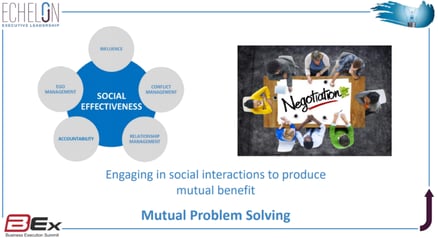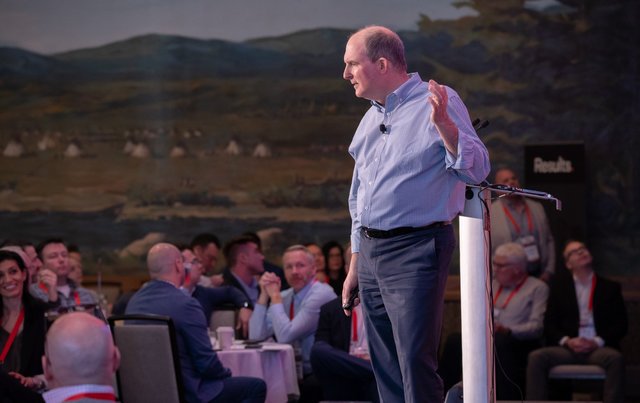Innovation expert Jim Harris returned to the Business Execution Summit in March to provide two keynote presentations. His first outlined the ever-advancing technologies that are impacting our businesses and our lives. He touched on the current state of artificial intelligence, mobility, automation, robotics, energy and various other mind-blowing advances.

More relevant to most of the BEx attendees was Jim’s second presentation titled, “Thriving in the Future: How To Build A Fast, Nimble Organization”. Here Jim outlined several strategies that we, as leaders, need to focus on to thrive in these dynamic times.
Top 5 Strategies to Thrive in Dynamic Times
- Organizations, especially large ones, have built-in immunity systems to innovation. There are various reasons for this including people’s discomfort with uncertainty, existing products and services, critics (“that will never work”), traditional economic and financial methods (ROI thinking), fear, and a host of other factors. Leaders must firstly recognize these conditions exist before considering any attempts to create a more innovative culture.
Sometimes extreme steps need to be taken to isolate the incubation of new ideas from the rest of the organization. As one of the BEx panelists from 2018 described, it is often necessary to create separate organizations and leadership teams to fully realize the potential of innovation (Vince Danielsen, Wello.ca).
- We tend to think of innovation as invention of a new product or service, but there is opportunity to innovate in various other ways. One example is a process innovation which automates orders from customers when inventory drops below a certain threshold. Another may be a business model change by shifting to use global freelance resources to get work done instead of hiring employees (using the ‘gig economy’). Process and business model changes can be just as valuable as product or service innovations.
- Technology can certainly enable higher productivity. But even without technology, employees still feel they have more to give. By focusing on improvements in employee engagement, fit-to-roles, accountability, training, and providing team members with the tools, resources and information to do their job better, leaders can release the potential of the human capital they already have.
- Celebrating failure is another way to move an organization to innovation. Often as leaders we criticize or even punish failure, but innovative teams recognize the value of trying new things and experimentation. Leaders need to be more than just tolerant of experiments but need to encourage and fund them.
- Finally, nimble organizations trump those that try to predict the future. With the level of change happening today, even the most skilled forecasters will be wrong most of the time. Winning organizations must build a strong competency around learning and change and recognize that what made a firm successful in the past will likely not make it successful in the future. All employees need to be ambitious learners and be willing to accept new challenges and changing roles.
The organizational changes described here don’t happen overnight. Leaders must be prepared to confront the reality of their situation, establish a vision, and personify the characteristics they want to see in their organizations.
What changes are you making to become a more nimble, innovative organization?


